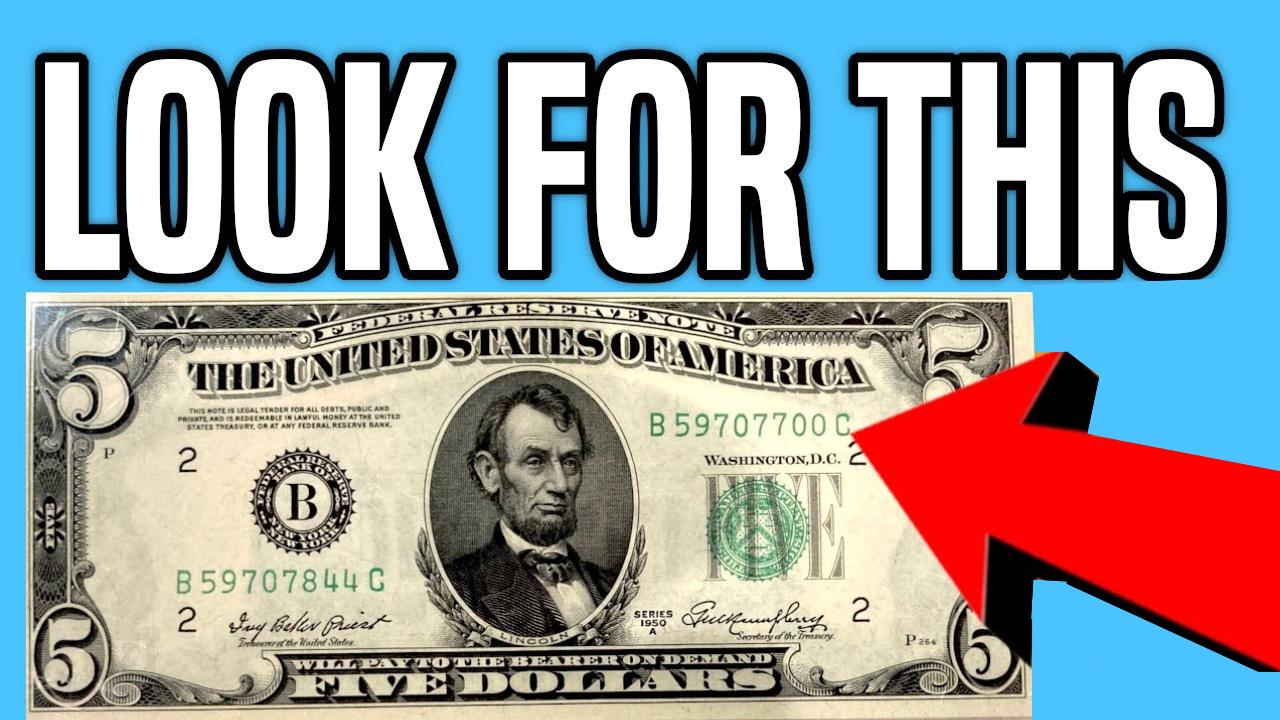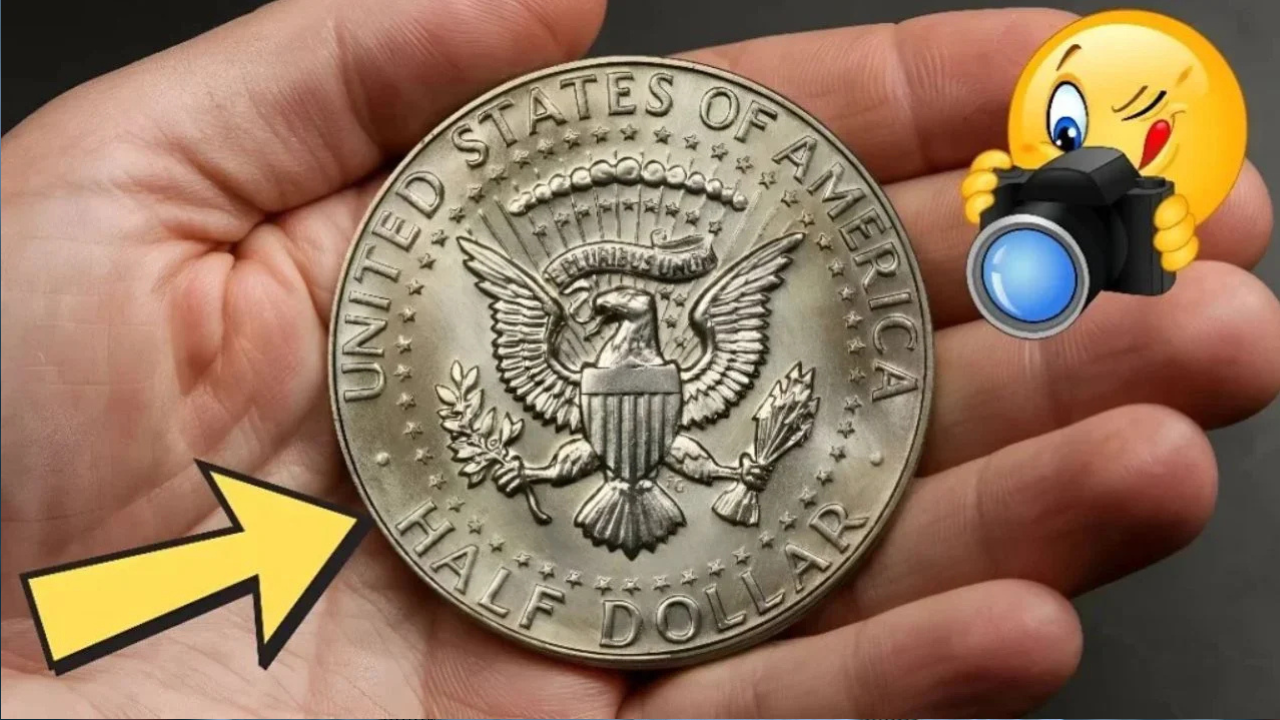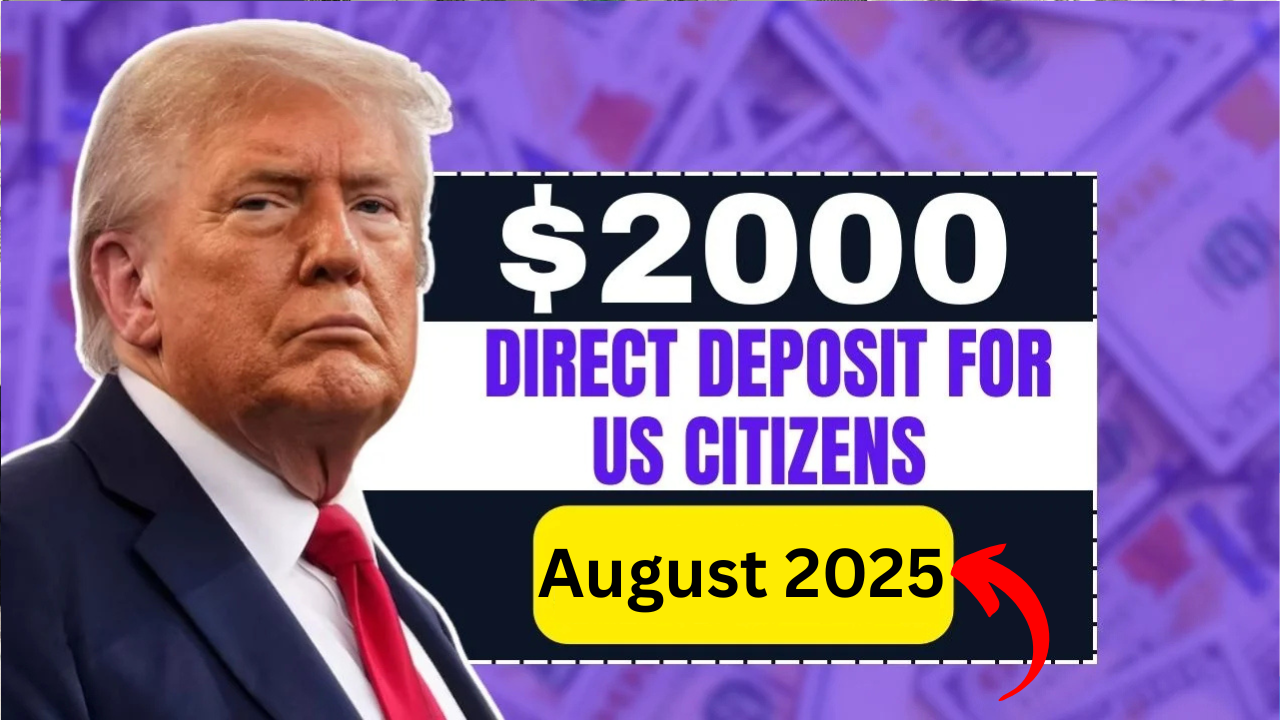Most of us treat a $5 bill as just another piece of currency in our wallet. It’s the note we hand over for coffee, groceries, or parking fees without a second thought. But what if that same $5 bill hiding in your pocket or purse could actually be worth $66,000?
Yes, you read that right. Collectors are paying eye-popping amounts for certain $5 bills with rare serial numbers—transforming everyday money into a small fortune. Let’s explore why these bills are valuable, how to spot one, and what to do if you find one.
Why Are Serial Numbers So Important?
Every U.S. bill carries a unique serial number, usually an eight-digit code printed twice on the front of the note. While most serial numbers are random and ordinary, some follow unusual or rare patterns that make them collectible. For passionate currency collectors, these patterns aren’t just numbers—they are treasures.
A bill’s value increases when the serial number is:
-
Rare in sequence (like repeating digits or mirrored numbers).
-
Historically significant (matching a famous year).
-
A perfect pattern (palindromes or ladders).
Rare Serial Number Patterns to Look For
Here are some of the most sought-after serial number types that could make a simple $5 bill worth thousands:
| Serial Number Type | Example | Why It’s Valuable | Estimated Value |
|---|---|---|---|
| Radar Notes | 12344321 | Reads the same forwards & backwards | $1,000 – $10,000 |
| Repeater Notes | 12121212 | Repeating two-digit pattern | $500 – $5,000 |
| Solid Notes | 55555555 | All digits are the same | $5,000 – $20,000 |
| Ladder Notes | 12345678 | Perfect ascending sequence | $3,000 – $15,000 |
| Low Numbers | 00000025 | Very low print number | $1,000 – $6,000 |
| Star Notes | Ends with ★ | Printed in limited runs to replace misprints | $500 – $10,000 |
| Historical Year | 00001976 | Matches important dates | $2,000 – $8,000 |
| Fancy Mix (Ultra-Rare) | 06600660 | Rare mirrored or mixed pattern | Up to $66,000 |
Collectors go wild for these numbers because of their uniqueness. Just like rare coins, these notes become prized possessions for those who want to own something truly one of a kind.
How to Check If Your $5 Bill Is Valuable
Finding a rare serial number doesn’t require special tools—just a sharp eye. Here’s what you should do:
-
Inspect Both Sides – Look for the two printed serial numbers. Make sure they match and check for special features like a “star.”
-
Check for Patterns – See if the digits follow one of the collectible styles listed above.
-
Look at the Condition – Bills in crisp, uncirculated condition are worth far more than worn or torn ones.
-
Verify with Experts – If you think you’ve found something rare, consult a currency dealer or have it appraised.
Real-Life Example: A $5 Bill Worth $66,000
In 2023, a rare $5 bill with a unique mirrored radar serial number sold at auction for $66,000. While most $5 bills never exceed face value, this case shows that collectors are willing to pay staggering amounts for the right combination of rarity and condition.
Where to Sell Rare Bills
If you happen to stumble upon a rare note, there are a few places to sell it:
-
Auction Houses (like Heritage Auctions or Stack’s Bowers).
-
Online Platforms (eBay, collectors’ forums).
-
Local Currency Dealers (who can authenticate and appraise).
Always get your bill evaluated before selling—you don’t want to accidentally give away something valuable.
Why Collectors Care So Much
To many, collecting rare bills is more than a hobby—it’s history, art, and math rolled into one. The thrill of finding that “golden ticket” serial number is what makes people pay thousands for something most of us overlook.
For collectors, these bills represent rarity and beauty in an everyday object. For regular folks like us, it’s a reminder that treasures can be hiding in plain sight.
Final Thoughts
Next time you grab a $5 bill, pause for a second before spending it. Those digits printed across the front could be the key to a surprising fortune. With the right serial number, your everyday currency could transform into a collector’s dream worth tens of thousands of dollars.
So go ahead—check your wallet, your piggy bank, or even that old coffee jar of savings. You never know, your $5 bill might just be worth $66,000.






